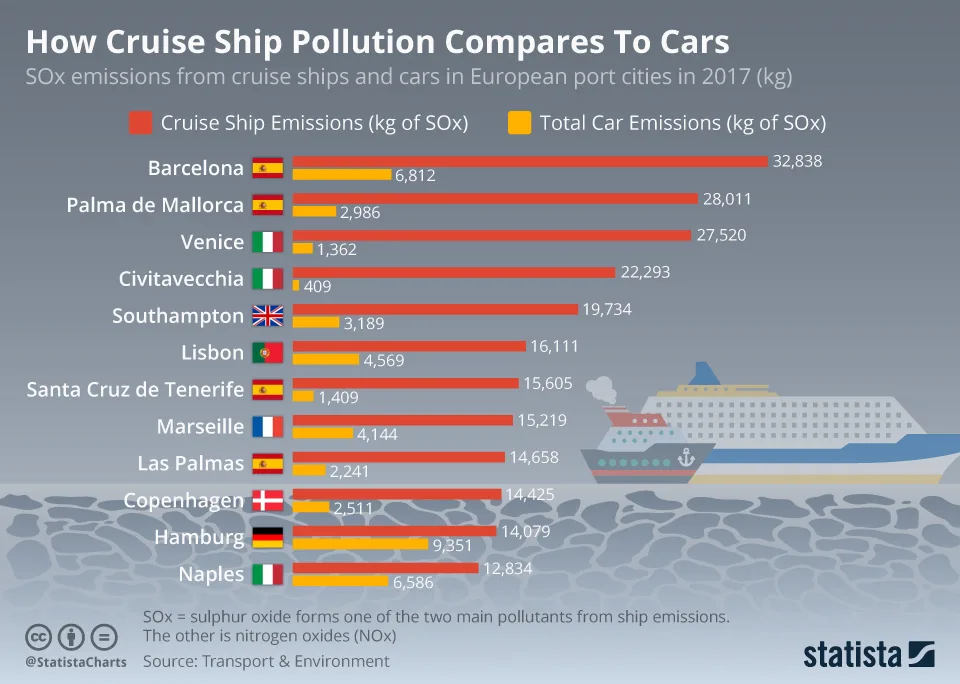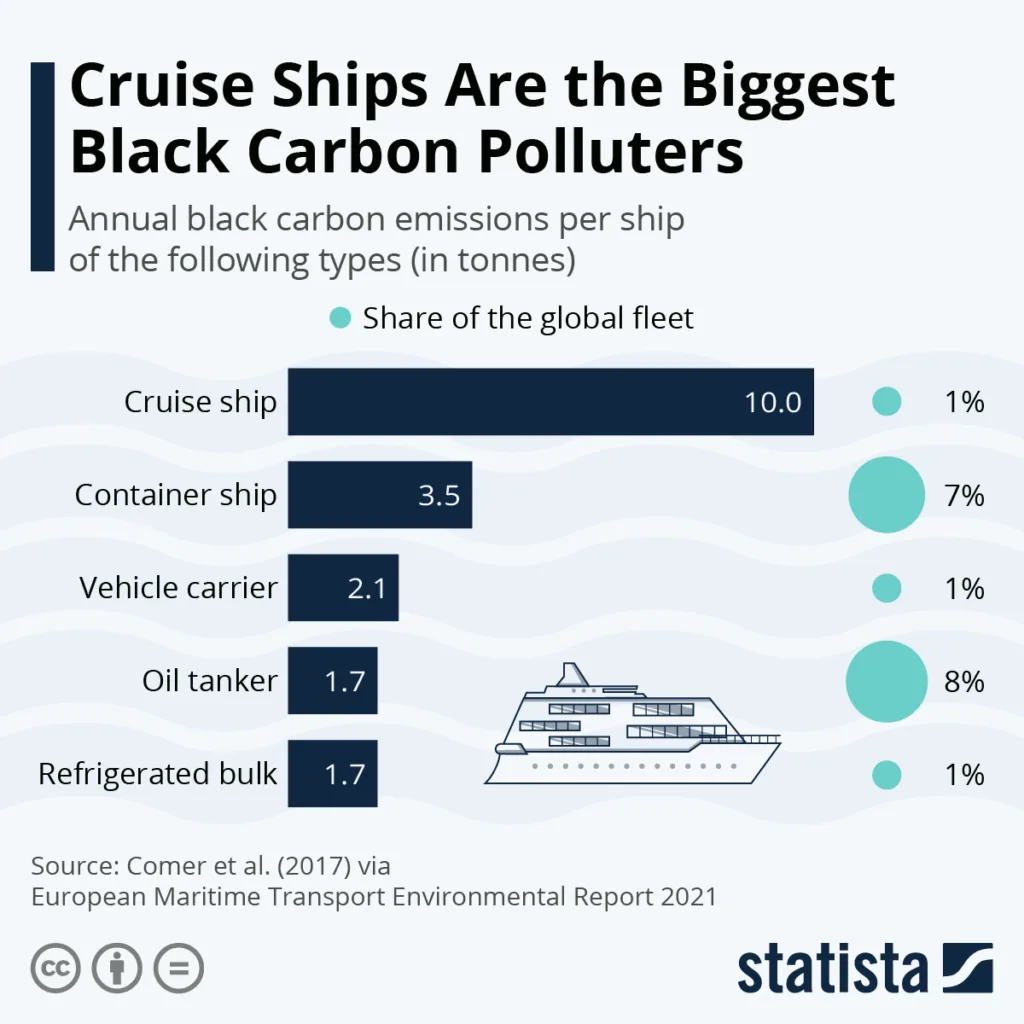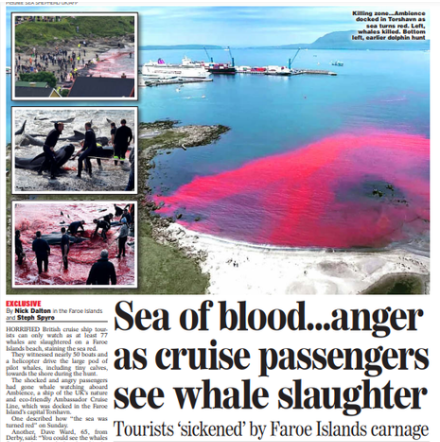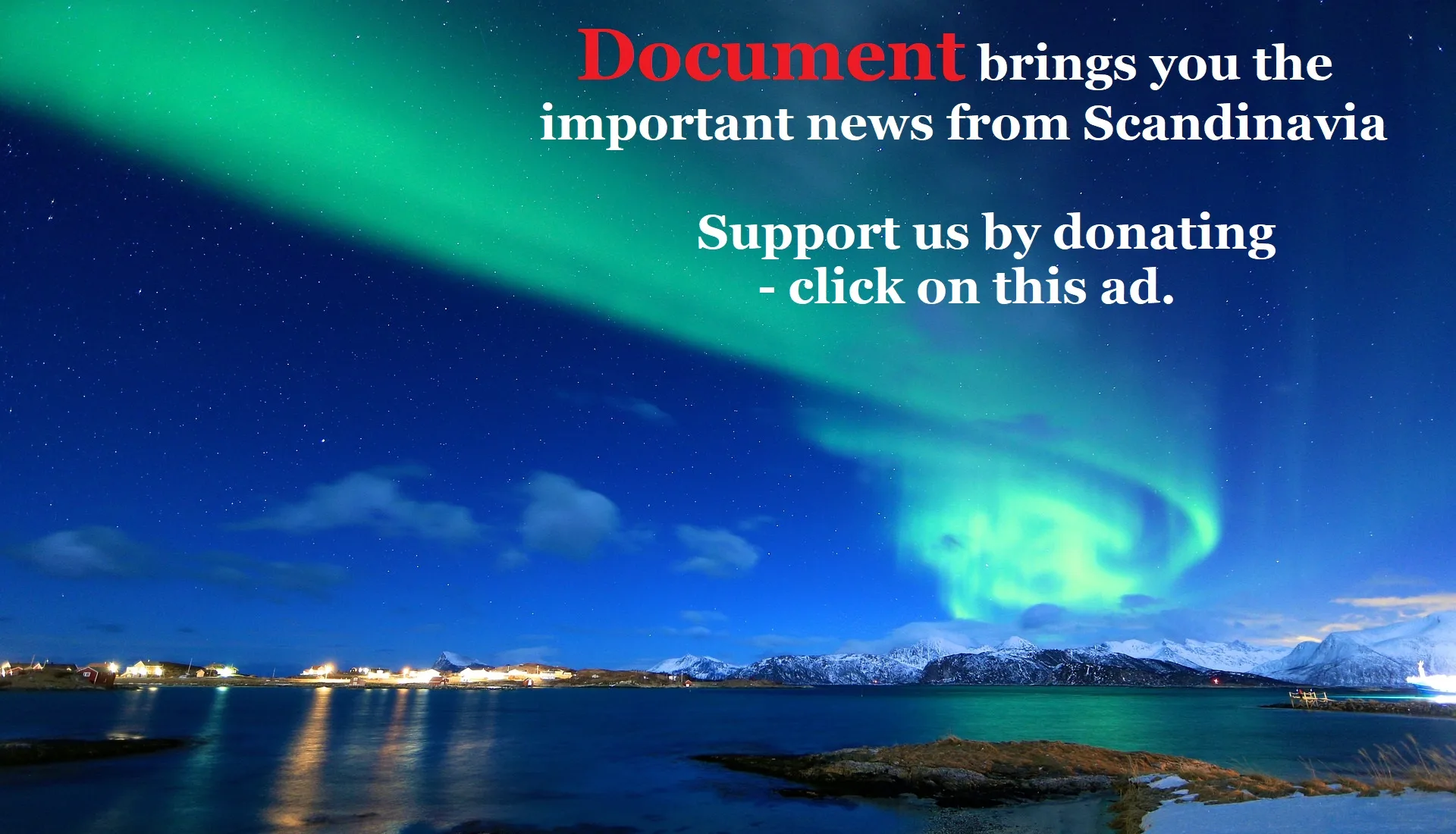The story of cruise passengers traumatized after whaling in the Faroe Islands is elitist climate hypocrisy. Thousands of “eco-conscious” cruise passengers travel to the Faroe Islands in a giant cruise ship that is just one of the hundreds of thousands of floating environmental disasters worldwide. They come there as guests and condemn this small country’s fishing tradition—hypocrisy at its best, showing humanity at its worst.
Several media outlets in the US are writing about a cruise line apologizing to passengers who witnessed the “murder” of dozens of pilot whales this week in the Faroe Islands.
Passengers on board the Ambition cruise ship, owned by the UK-based Ambassador Cruise Line, had just arrived at Tórshavn port on Sunday when they witnessed the slaughter, part of a long-standing local tradition.
We urge those taking part in the hunts to begin a new chapter in the Faroe Islands’ centuries-long history with whales, stopping the killing out of respect for the protection these animals so urgently need.
Thanks to @StephSpyro for highlighting this issue. https://t.co/DuANF9C1kP
— Humane Society International/UK (@HSIUKorg) July 11, 2023
NPR writes that among these passengers was the conservation organization ORCA, which fights to protect whales and dolphins in European waters. Since 2021, Ambassador has paid ORCA staff to join their voyages to educate tourists about marine wildlife and collect animal data.
It is climate hypocrisy at its best. Thousands of “eco-conscious” cruise passengers travel to the Faroe Islands in a giant cruise ship that is just one of the hundreds of thousands of floating environmental disasters worldwide. They come there as guests and condemn this small country’s fishing tradition—hypocrisy at its best, showing humanity at its worst.
We can agree or disagree about the whaling tradition in the Faroe Islands. But the day ORCA activists take their oars and row out to sea in a sustainable rowing boat to research whales and dolphins, we can talk. The same goes for the day hysterical rich people traumatized by the real world happening in the Faroe Islands boycott the cruise industry – an environmental disaster they are a part of.
We look closer at cruise ships’ climate footprint further down in the article. The industry’s negative impact on marine wildlife and ecosystems is unparalleled.
But that doesn’t stop ORCA activists from taking payments to educate tourists about marine wildlife and collecting data on the animals while they board a luxury cruise ship that harms the animals and nature they seek to save.
In an account shared by ORCA and confirmed by Ambassador Cruise Line, they witnessed over 40 small boats and jet skis drive the whales to a beach where 150 people worked to haul the animals ashore with hooks and slaughter them.
In total, the chase lasted about 20 minutes, ORCA said. Some animals, including nine calves, took over 30 seconds to die.
Ambassador Cruise Line was extremely disappointed that the hunt occurred near the ship and strongly opposed this practice. The company asks its guests not to support the hunters by buying local whale and dolphin meat.
We hope they enjoyed the vegan meal of seaweed served on board.
That Sunday’s slaughter close to the cruise ship made it seem like the whalers were showing off the hunt and taunting the tourists, many of whom were hoping to catch a glimpse of marine life in the wild, ORCA chief Sally Hamilton said. She warned that the Faroese authorities had to decide whether marine animals are more attractive to tourists when alive than when killed.
Christian Verhounig, CEO of Ambassador CEO, was extremely disappointed after weeks of trying an open, constructive dialogue with the Faroese government on these issues and claimed that sustainability is one of Ambassador Cruise Line’s core values. He sincerely apologizes to the upset passengers :
“We fully appreciate that witnessing this local event would have been distressing for the majority of guests onboard,” Ambassador said in a statement to NPR. “Accordingly, we would like to sincerely apologise to them for any undue upset.”
So many words come to mind, probably too offensive for the offended. Still, we curse self-righteous, hypocritical elites who look down on us ordinary people, like the people of the Faroe Islands.
Let’s look at the sustainable industry Verhounig claims he is a part of.
Carbon footprint greater than 12,000 cars.
If we search on cruise ships and the industry’s negative impact on the environment, we get millions of articles. In 2022, Reuters wrote that the cruise industry is facing rough seas as it tries to clean up the huge environmental problem it is causing.
The industry promises widespread use of zero-emission vessels and fuel by 2030 and a net zero-emissions target for cruises by 2050. Environmental groups raise doubts about its ability to meet the target.
Many of us do too. In the cruise industry, money talks and bullshit walks.
Reuters cites a recent study published in the Marine Pollution Bulletin which shows that a large cruise ship has a carbon footprint greater than 12,000 cars. Passengers on an Antarctic cruise can produce as much CO2 emissions in a seven-day voyage as the average European during an entire year.
Norwegian newspaper Aftenposten gave us similar figures in an article about cruise ships in Oslo harbor burning 30 tonnes of fuel a day, and the emissions from a cruise ship correspond on average to the emissions from 13,000 petrol cars.
This graph from Statista, based in Germany, shows how cruise ships pollute compared to cars. The figures are from the European Federation for Transport and Environment, which Norwegian NORAD partly funds.
Is the Norwegian government as concerned with regulating the cruise ship industry as they are with controlling their citizens’ carbon emissions, or is it money talks and bullshit walks there too?

Cruise ships are the worst emitters of black carbon.
Statistas writes that even though cruise ships make up only 1 percent of the global fleet, they account for 6 percent of black carbon (BC) emissions.
Black carbon affects the rate of ice melting when it falls on snow and ice and is, therefore, very harmful in the Arctic.
In a study cited in Science Direct, researchers wrote, among other things, that the increase in cruise ships has caused serious environmental problems, especially in the fragile Arctic region.
Between 2015 and 2019, black carbon emissions have increased by 85% in the Arctic, and cruise ship tourism’s growth continues to damage the marine environment.

Eight ways cruise ships can cause ocean pollution.
Marine Insight has looked at eight ways cruise ships can cause marine pollution, making the hysteria among the hypocrites in the Faroe Islands even more disgusting. We are losing faith in humanity.
A cruise ship with 3,000 passengers generates 150,000 liters of sewage and gray water to fill ten swimming pools. Then you have a sh**load of other hazardous waste, such as oily bilge water and bio-waste that contains viruses.
In 2019, Carnival Cruise Lines was fined 60 million US dollars for illegally dumping huge amounts of oil, plastic, and garbage into the ocean.
Pollution from ballast water
Cruise ships use a huge amount of ballast water to stabilize the boat as they travel, and the discharge of the water at ports worldwide is a significant cause of pollution.
Untreated ballast water can lead to algae and the transport of foreign species to new areas. Microbes and micro-organisms in the water can also cause ecological damage, such as the enormous growth of jellyfish in the Black Sea.
Air pollution
Emissions of gases from cruise ships lead to enormous pollution in the ocean. Recent research into climate aft on cruise ships, particularly particle pollution, shows as much polluted air as in large cities like Beijing.
Noise pollution
The noise produced by cruise ships affects the environment negatively. It disturbs the marine ecosystem and contributes to a large extent to more noise pollution in the sea than other ships. Both noises from the ship’s machinery and onboard entertainment disturb the marine animals and mammals, including killer whales and dolphins, whose sensitive hearing is damaged and impaired, often leading to the death of the animals and a total loss to the ecosystem.
Are you listening ORKA activists?
Discharge of gray water
Cruise ships dump more wastewater offshore (after passing through a treatment plant) than other vessels. The gray water comes from sinks, laundries, showers, and galleys on board. The most common activity on board the cruise ship, such as cleaning utensils and laundry, causes pollution.
The gray water contains harmful chemicals, metals, and minerals that damage the marine environment. Studies show that a large cruise ship releases around one million liters of gray water during a week’s journey.
Blackwater/sewage pollution
Cruise ships dump human waste into our oceans (after passing through sewage treatment plants).
Larger cruise ships can accommodate up to 6,680 passengers and 2,200 crew members. An enormous amount of sewage from gluttonous people we would rather not think about.
Around 210,000 liters of human sewage – blackwater – are dumped into the sea during a week’s journey. Rich in bacteria and algae, this negatively affects all life forms in the sea and the entire marine ecosystem.
Chemical pollution
Cruise ships release toxic chemicals from batteries, dry cleaning, industrial products, chemicals for daily operations, and several other substances that pollute the waters they travel in. Environmental organizations claim that these chemicals pose a huge threat to the lives of animals in the sea.
Oil pollution
Cruise ships burn more heavy fuel oil than any other vessel at sea. Of the dirtiest fossil fuels on the market, it contains dangerous levels of sulfur, heavy metals, etc.
Cruise ships are estimated to use an average of 150 tonnes of heavy fuel oil daily. Waste oil mixing with seawater, faulty engine systems that leak, defective repair work, collisions, and accidents all cause oil pollution in the sea.
Pollution of solid waste
Cruise ships can produce seven tonnes of litter in a single day and contribute an estimated 24% of the total solid waste generated by maritime traffic worldwide.
A cruise ship’s solid waste includes paper, cardboard, aluminum, etc., which form unwanted litter on the ocean surface and pose major threats to marine plants and creatures.
Destruction of coral reefs
The entry and anchoring of cruise ships on disturbed and undisturbed areas of coral reefs worldwide has resulted in several incidents involving the destruction of the biological diversity of these natural wonders.
In 2017, the British cruise ship MS Caledonian ran over pristine coral reefs in Indonesia, destroying 17,222 square meters of coral reef and causing more than $19 million in irreparable damage.
Physical damage to marine life
Whales and dolphins are also victims of the increasing traffic of these ships, which are responsible for injuring, often killing, marine life, especially fin whales, killer whales, and humpback whales.
NPR, ORCA, Ambassador, and our friends in the Faroe Islands will be contacted for comment. If we receive an answer, we will update the story.
Dirty polluters or dreamy palaces: Can cruise ships become sustainable? | ABC News



